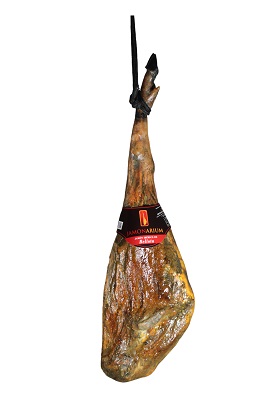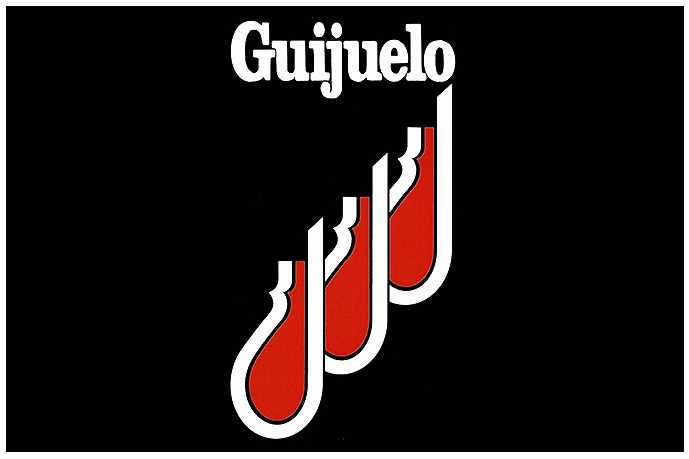Today, we are going to explain how many parts an Iberian ham is divided into. This is important because this way you learn to know the morphology of the piece, and, above all, its characteristics. Let’s start!

- The maza: It is present in both the ham and the shoulder, and you will recognize it, without a doubt, for being the most voluminous part. It is where there is a greater concentration of meat and, therefore, where it is juiciest and most tender. It is deep red on the inside, and will gradually lighten on the outside when it comes into contact with the bacon.
- The contramaza: The club and the contra are separated by the hip bone. This part is more than cured than the mace, and also much more tasty, due to its high fat infiltration.
- The babilla: At the opposite point to the mace, (on the other side of the ham), we find the stifle. This part is characterized by being the part with the most healing of the piece, since it has less bacon, and therefore the color of its meat is a darker red. It is the part where we should start our ham if we are not going to consume it completely immediately.
- The hip or punta: It is located on the side opposite the hoof. To give us an idea, it is the part through which the pig’s leg joins with the rest of the body. It is characterized by having more fat than meat, it is very very tasty. The reason? As we already know, both in drying rooms and in cellars, the hams are hung to continue their healing, this makes the fat slip and accumulate just at this point.
- The jarrete: Located between the tibia and the fibula, it is the part that we usually use to cut into small cubes or make shavings, since it is very fibrous (almost elastic in texture). It has a deep dark red color.
- The codillo: It is the area through which the first incision is usually made when we start slicing our ham. It is located in the highest part of the mace, (close to the hock), and it has a lot of flavor, in addition to abundant fat.
- The caña: It is the part that goes from the knuckle to the hoof, the use of which is usually reduced mostly for taquitos.
And with this, we would have already reviewed the different parts into which a ham is divided. And now that you know the characteristics of each zone, do you know which one you like the most?

 Español
Español
 Català
Català  English
English Français
Français Deutsch
Deutsch Italiano
Italiano Dutch
Dutch




